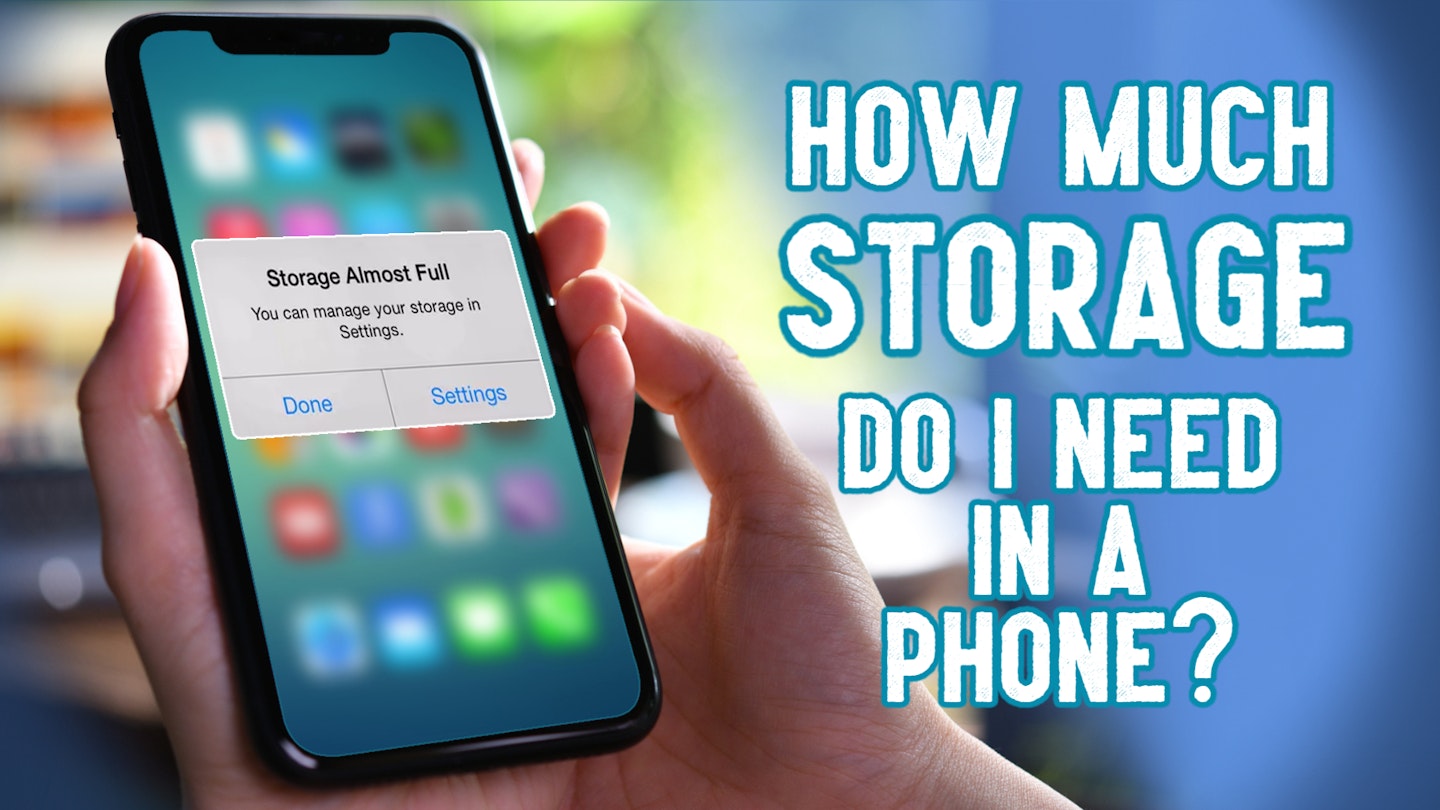The latest and greatest smartphones are packing serious camera capabilities, app choice and gaming credentials. But, even someone who uses their phone exclusively for social media will soon end up with hundreds of gigabytes of files. Photos, audio, video clips, and more must be stored, not to mention all of those space-hogging app installations. So, if you ask, ‘How much storage do I need in a phone?’ you’re not alone.
If you’re looking for a new smartphone, you’ll need to make sure you have enough space to store all of that raw data. Of course, in an ideal world, every mobile device would have several terabytes available right out of the box. But, that is still not economical for mainstream mobiles. But, that doesn’t mean that you still can’t find good storage space options, even on a phone under £200.
Hardware storage limitations
If you’re choosing your next smartphone based on brand, you’ll soon find a huge difference in the amount of storage available as standard. Many phones, including the best Android smartphones, have several versions with differing hardware specs. So, they often have incremental storage options to choose from, such as:
• 64GB
• 128GB
• 256GB
• 512GB
• 1TB
Best of all, many smartphones come equipped with a physical memory card slot. This means you can simply add and upgrade your amount of storage over time. Usually, these small MicroSD cards come in a wide range of capacities, such as 512BG and 1TB.
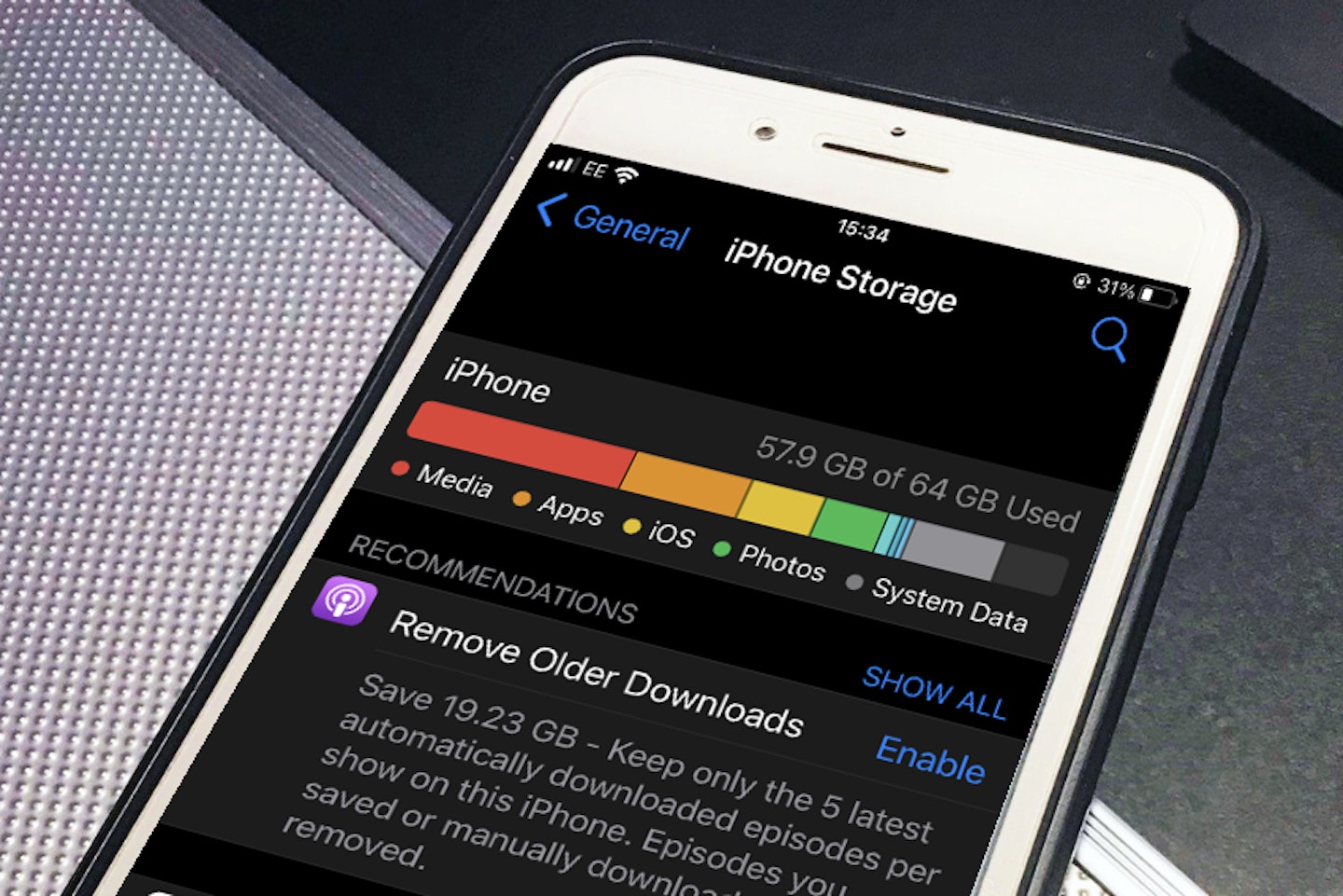
Apple fans take note
However, in the case of Apple iPhones, you’ll discover they have relatively small storage. Older models like the iPhone 13 Pro Max we reviewed, and its siblings, are even more limited - and iPhones still come in fewer variants, storage-wise, compared to some of the best Android smartphones on the market.
To make matters worse for iPhone fans, they still don’t have memory card slots for easy storage expansion either. There are some mitigating factors here, though - as Apple are probably the most proactive brand for cloud-based storage and backup options. It’s one of the many reasons some people prefer the iPhone over the competition.
Cloud-based storage has advantages over local storage, most obviously because your photos and whole phone operating system are securely stored on a remote server. So, lose your phone, and you’ll be back up and running in no time. But, depending on the plan you choose, you can seamlessly expand your cloud storage space to suit - which can be much more convenient than juggling micro SD cards.
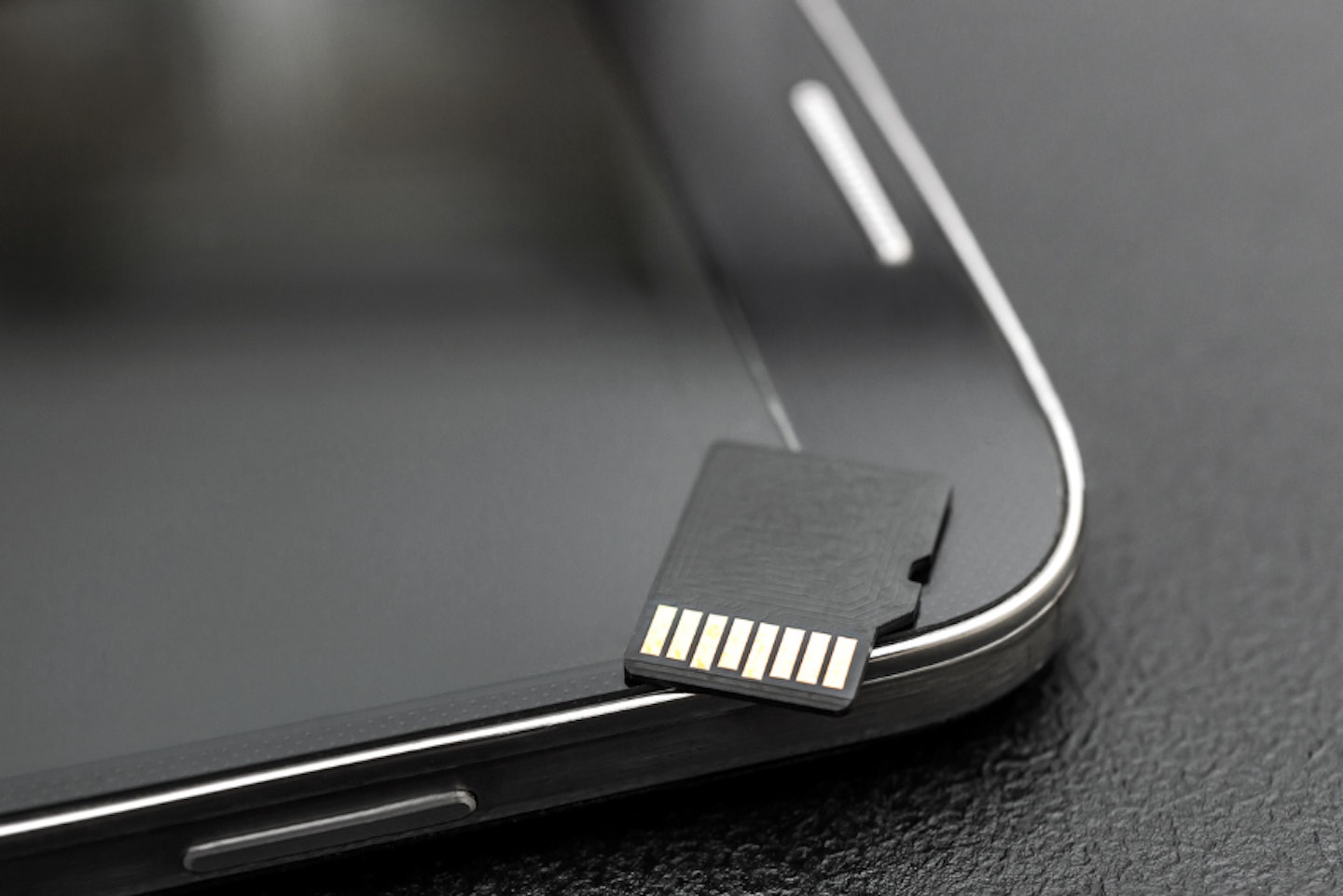
Estimating how much phone storage you’ll need
So, now that we have the hardware out of the way, let’s look at various smartphone users. These are sweeping categories based on typical use cases. But, depending on what features you enjoy, you can use it to guestimate how space-hungry your apps and activities might be.
Photography and video fans
This kind of smartphone user sits at the top of the storage requirements tree. Many of the best smartphones for photography now come with an array of lenses and image sensors to rival some DSLR cameras. The latest iPhone 15 Pro, for instance, sports a staggering 48MP main sensor and the ability to shoot in the ProRAW unprocessed format.
To put that into perspective for storage, just one of these shots will take up around 75MB. Take 500 shots and you’ll have filled up almost 50 gigabytes of your phone’s storage space. Considering that some phones only come with 128GB of space, it’s a huge chunk of its storage; And don’t forget the phone itself, plus apps, needs the lion’s share of that space before you’ve even taken a single shot.
And we haven’t even touched on 4K video yet, That blows 48MP photography out of the water size-wise. Apple estimates that one minute of 4K video will take up around 400MB of space. Shoot for just 20 minutes and your file will be a whopping 8GB in size.
Storage recommendation:
1TB or more. 512GB minimum. Plus some kind of expansion option or cloud-based backup.

Mobile gamers
As apps go, games can be some of the most demanding things to install on your top gaming phone. The typical iOS game, for instance, weighs in at around 210MB, with Android games at 330MB on average. That certainly sounds more achievable than the photos and videos we mentioned above, but many gamers tend to try out a lot of games over a long period of time.
If that’s you, it wouldn’t be unusual to have 20 or so games on your smartphone at any one time. That’s about 6GB - so it’s not going to break the bank to get a phone with enough storage. The key thing to remember, though, is that gamers are also some of the most active general smartphone users out there. That means they’ll probably be taking photos and videos, listening to music and checking socials all day long. So, you’ll need to factor that in, too.
Storage recommendation:
512GB or more. 256GB minimum. Expansion via a memory card slot is ideal for local game storage.

Music fans
Although most music lovers have resorted to streaming services, there are still plenty of people out there who like to sync their favourite tunes onto their phones. And if you’re into lossless audio formats, those files will take up even more space.
How much space you’ll need is pretty much ‘how long is a piece of string’. It’ll all come down to how much music you have stored at one time. With a lossless music format, like FLAC, you’re looking at about 30MB per song. So, if you have a 500-song collection on your smartphone, you’ll need 15GB of space. Our recommendation below should be fine if you’re a light phone user other than music. If you do more than that, consider more storage.
Storage recommendation:
256GB. Expansion by memory card slot is ideal for transferring your songs easily, with collections on multiple cards if needed.
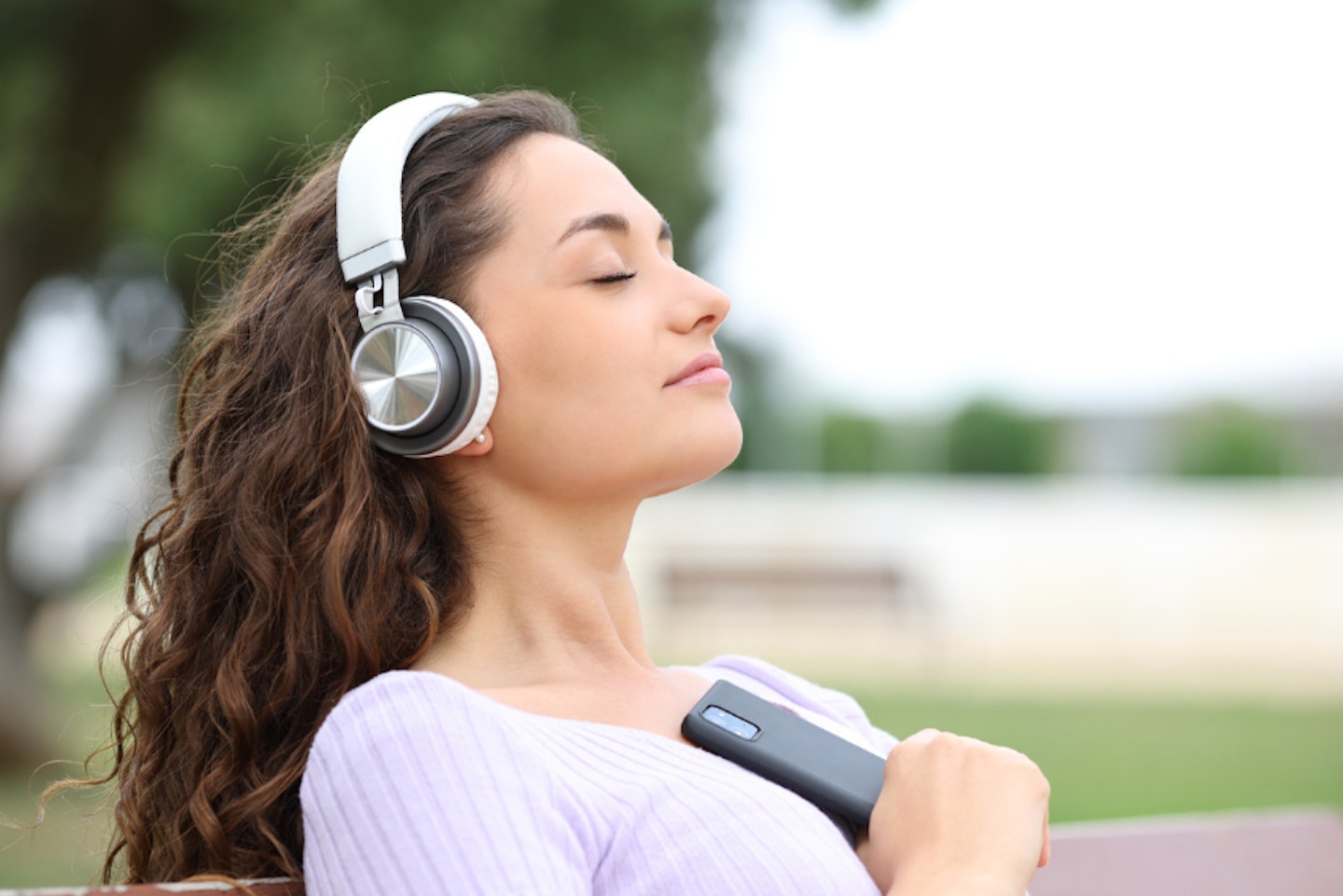
Social media and casual everyday users
Given that many social media addicts are also heavy phone users in general, it could follow that they’ll need a little more storage than expected. Social apps themselves tend to be fairly lightweight, but the media that users post to them is what takes up the space. For that reason, our recommendation will give just enough space for the average social media user - as well as generously cater for the more casual smartphone owner.
Storage recommendations:
For social media users: 256GB. Cloud storage options are ideal for hassle-free secure storage of your social photos and videos.
For casual users who are not into social media and only use their phones for messaging, email and browsing: 128GB minimum.
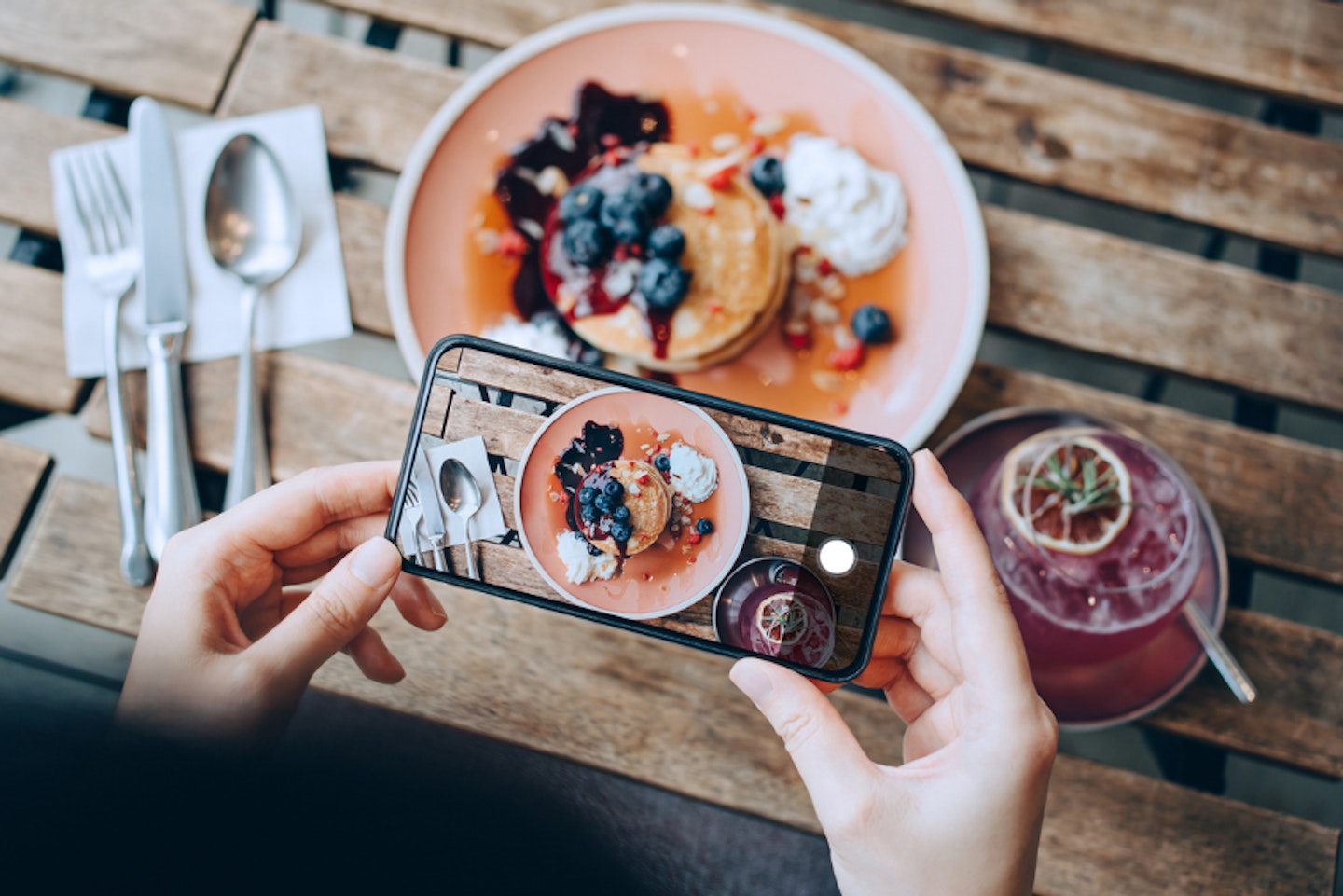
So, how much storage do I need in a phone?
Well, as we hope you’ve discovered, this will really come down to what you like to do with your smartphone. Our rule of thumb with phone storage is ‘more is more’. So, if your smartphone of choice has a selection of storage capacities, always get the highest amount you can. That simply means that your phone will be usable for longer before you need to start looking at upgrading, or adding expensive MicroSD storage cards.
Obviously, in the case of Apple, even the 2023 flagship iPhone 14 Pro Max we reviewed maxes out at 1TB with no slot for an external card. 1TB is very healthy for any smartphone, though, but you will pay for it when it comes to iPhones. One relatively recent feature that gets around this limitation is the iPhone’s support for external USB memory sticks - such as some of the best USB sticks made by SanDisk. That means that if you’re an avid photographer shooting in raw file formats, you can slot in a USB drive. You can then free up your phone’s storage space. To help with this, we looked at how to transfer from iPhone to USB stick recently.
So, to sum up: Go for the highest internal storage space you can get and choose a phone that allows you to easily expand the amount of storage yourself. Look after those things well when you buy, and you’ll never be short of space.
Chris Duffill is a Tech Product Writer for What's The Best and Yours. His background includes writing, editorial, marketing, design, video production and photography.
He specialises in home entertainment and audiovisual tech, including speakers, amplifiers, turntables, streaming media players, and TVs. He is also one of our resident experts in computing (PCs, tablets, smartphones, smartwatches), DSLR photography and all kinds of digital cameras. He also writes about retro gaming, game consoles and various electronic gadgets. If it plugs in, lights up or makes a noise, he’ll write about it.
Subscribe to the What’s The Best Newsletter to keep up to date with more of the latest reviews and recommendations from the rest of the What’s The Best team.
